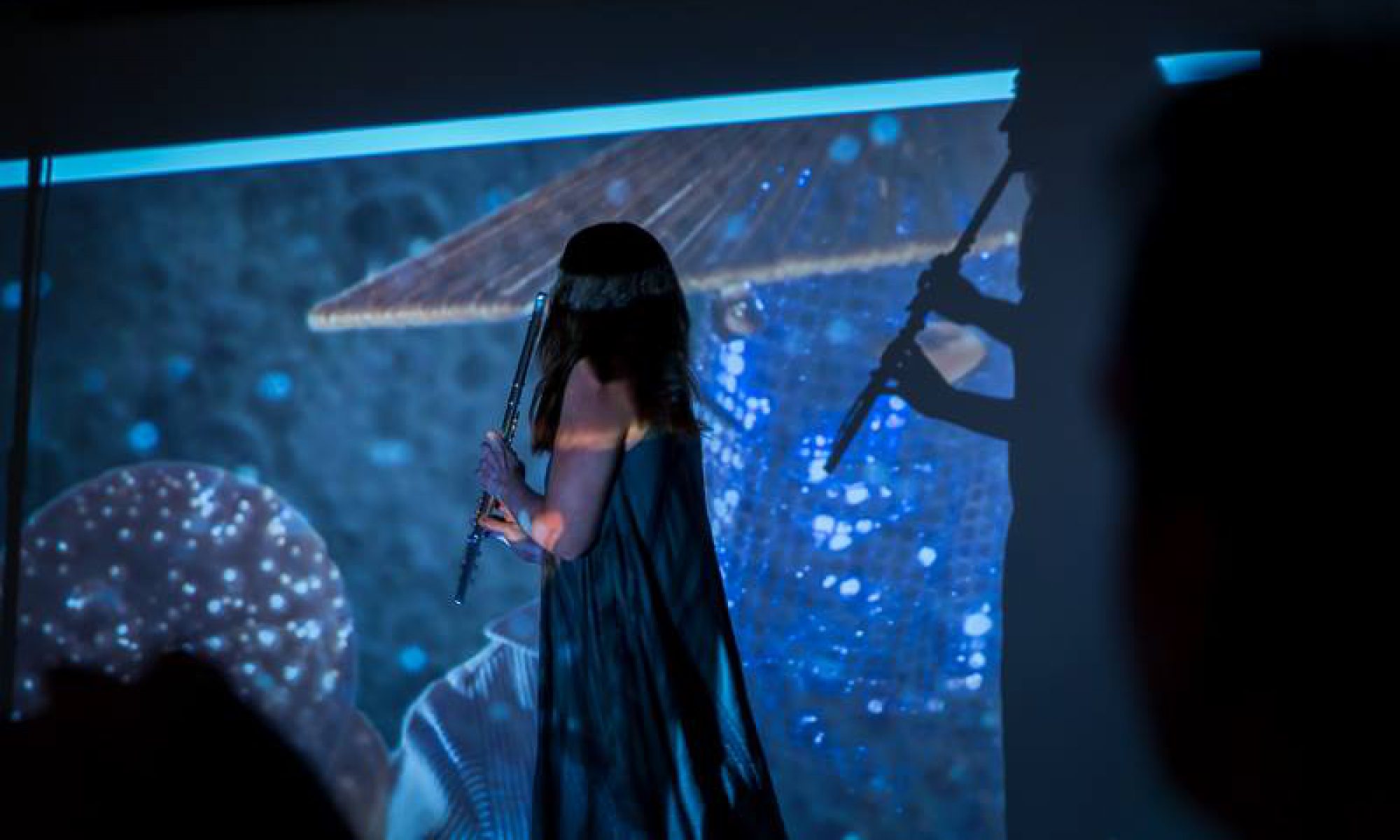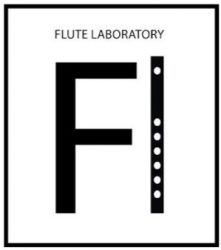Wynton Marsalis has some excellent thoughts on effective practice.
The Alexander Technique Experiments
Please, tell me I’m still dreaming. I just sat down in my car, and my back is frozen in twisted agony. I have a competition in two days. Every movement is painful. What am I going to do?
Desperate for relief, I pinged everyone I knew to find someone who could help me undo the spasm in my back. Honestly, an Alexander Teacher was not first on my list, but I remembered that Eileen was near where I would be.
I was skeptical that Alexander Technique could help me out of pain like this, but when I spoke with her, Eileen assured me that she could help. I scheduled an appointment early in the morning, and decided it was early enough in the day that if I needed to, I could schedule a massage or drop by urgent care for a muscle relaxer.
Her office was inviting, and Eileen was welcoming and accommodating. I loved being able to see the way that muscles interact and how everything is so connected. She was able to recognize and treat both my specific symptoms and the underlying causes. While I was lying on the table, I went through a series of emotions: building worry that I had made a mistake, and that this would be ineffective, then hope that it was actually going to work, until I reached amazement, that without prescription drugs, without intensive massage work, and without multiple painful physical therapy appointments, Eileen had eliminated 90% of my pain. I was convinced.
I left her office moving better and without pain, armed with knowledge about how I was using my body. She coached me to retrain the way I breathed, walked, and played my flute to avoid creating spasms. I scheduled a second appointment for the next morning. Eileen’s treatment and training are the reason I was able to get through the weekend, and not only that, I was able to perform without the stress and concern that I normally experience in high pressure situations like that. It was a truly liberating experience. It was the final push I needed to help me to go on to win 1st place at the San Diego Flute Guild Artist Gold Competition.
As a musician, I was deeply impressed with her understanding of what musicians go through in preparation for performances, and with performance anxiety. Her coaching helped me to access a new understanding of my body and how I could transcend it during performance. This is what I had been looking for for a long time. I was relieved of pain, AND I transitioned to a new level of performance. It’s strange to say, I’m actually very grateful I woke up stiff as a board that morning, and that I was able to work with Eileen. I hope to continue working with her, and I highly recommend her teaching for any musician, and for anyone seeking to use their body more efficiently and pain free.
The Tone Experiments
Sound Sheets
I love Terri Sánchez’s idea of creating sound sheets. I use a notebook to keep all my practice music in, and the sound sheet is a perfect cover for that book. She describes how to make your own sound sheet here.
Miyazawa
I play a Miyazawa flute. I love the sound of this instrument. It is fluid, consistent, and a pleasure to play. I often get the question of “what flute should I buy?” I wish I could give a blanket answer to this question. But, every person is different and every flute is different, even within brands. You have to try everything and decide what works for you. Often in this discussion, the point is made that the player is the most important part of the equation. I’m certainly not going to dispute that, but I’m not going to discount the vital importance of having a good instrument. You won’t see any professional flutists playing student model instruments in the most prestigious orchestras. They’ve all chosen an instrument that feels like their own voice.
Miyazawa artist, Clare Southworth, wrote an article about achieving different tone colors here.
The Rhythm Experiments
Walking Rhythm
A great way to practice basic rhythm is to walk in time with a metronome. Anyone who’s been in marching band knows what it’s like to walk in time. This is actually a great way to get rhythm in your body. The more you can make it a part of you, the easier it is. Greg Patillo and Project Trio’s Teacher Workshops employ this technique among others to bring fundamentals and creativity together. I’m a big fan of their process. They also have summer workshops for students that I highly recommend.
Metronome Practice
I’m the first to say practicing with a metronome can be difficult and frustrating. That’s a big reason I try to find as many ways as I can to turn it into a game.
Clapping Music by Steve Reich
This is a challenging but fun way to work on changing rhythms. Something that starts out very simply gets complex very quickly. I like the app he created to help practice. You can find it here for iPad and iPhone.

